Exhibitor speak: Manish Kapoor, manager for sales, Nilpeter
PrintWeek India speaks to Manish Kapoor, manager of sales for Nilpeter, an exhibitor at Labelexpo India 2014.
31 Oct 2014 | By PrintWeek India
At present, the Indian capita consumption is estimated to be 0.25sq/m equivalent to 30-cr sq/mtr, and a market size of Rs 3,000-crore. What kind of a growth will we see in the future?
When you take 30-cr sq/mtr market and you equate it to Rs 3,000-crore, it means you are making an average of Rs 100 per sq/mtr selling price for label converters. Currently, however, Rs 50 per sq/mtr would be a decent price for the Indian market. All this put together, my estimate of the Indian label market will be roughly around Rs 1,800-crore.
To get a good idea of what the market size is, you have to have a realistic picture of the converters we have. Let us assume that the market size is Rs 3,000 crore. In that case, there should be at least four or five top converters who have 10% of this amount in their personal turnovers. But, there isn’t a single converter in India, whose turnover is more than Rs 100 crore. The biggest is Interlabels, who is close to Rs 100 crore, but not over it, and even Ajanta Packaging is not over the Rs 100-crore bracket.
What kind of growth are you expecting from this Rs 1,800-crore market?
We are experiencing a 15% growth. Mind you, when we say growth, it comes from two areas, natural volume growth and value growth.
What is value growth?
If you would ask me the average selling price of a label in India five years ago, I would have put it at Rs 30 per sq/mtr. Since the cost has gone up to Rs 50 now, the difference is the growth in the value.
Where do you see the growth opportunities?
Every segment is growing, but at the moment, the leaders will be liquor and followed by pharma.
In which segment do you see the best opportunity?
When you look at the opportunities for a current converter or for a new converter, there will be different sets of answers. The Indian label market has graduated to a level where you cannot jump into the ocean and swim your way out of it. The problem with Indian label converters is that they want to print for big MNCs right from day one, when they don’t even know the basics. Opportunities for new converters will start at the base of the ladder, and for existing big players it will be at the top. For the middle segment, it is currently a grey area. This segment is going through a rapid change.
What kind of magnetic effect has the mergers with big companies brought in?
Hardly any. So far, it’s only in terms of the name. But, these companies are not looking for immediate gains. They have well-established set-ups and know how to do business.
Do you see world trends in pharmaceutical and foods coming into India?
Speaking of per capita consumption, in India, it is 20 to 40 times less than that of Europe. So, I see a possibility for huge organic growth. You will see more supermarkets being established in India and supermarkets are the major drivers for labels.
What kind of trends are we currently seeing in India?
Coupon labels, booklet labels are some of the innovative ideas. We are seeing enhancements from the manufacturers’ side as well. When you compare a new label press to a press from three years ago, lot has changed in terms of technology. Gravure has come into the Indian market in a big way in the last six months. Converters have started using gravure for metallic decoration, special coatings and whites.
Are you seeing a shift from wet-glue to self-adhesive? Where do you see the growth?
It is a pertinent question. I think wet-glue and self-adhesive will co-exist. There will be a shift from wet-glue to self-adhesive, but there will be new players coming in who will start with wet-glue. I see a growth in both areas. The market share currently stands at 60-40 in favour of wet-glue. This is where the opportunities lie for self-adhesive label converters. When I said earlier about a 15% growth, this can be divided into 5% value growth, and 10% growth can be again split up into two parts of 7% volume growth and 3% in the shift from wet-glue to self-adhesive.
What about printing technologies/ finishing technologies, both in flexo and digital?
Nilpeter had a solution for printing and finishing technologies a long time ago, through our Caslon project, where an inkjet head was fitted onto a conventional press. In such a system, you can have two-colour with conventional flexo, a digital and a converting unit. Digital label press, according to me, is not viable to a market like India. I have seen people having a stand-alone digital press and not doing well.
Also, digital technology gets obsolete in a very short time. One can use a conventional machine for around 15 years. But, in case of digital, you will have to reconsider once a new technology becomes available. When comparing conventional to inkjet, you can definitely produce inkjet labels along with laser-guide finishing, but it is limited to certain speeds and certain substrates. So, technology keeps coming and keeps evolving.
Has your company made any breakthrough in the last 12 months?
In the last two years, we have been the most successful manufacturers among our competitors. Nilpeter came to India in 2007 and our competition was there much before us. In the last seven years, the inroads that we have made have a lot to say. Our nearest competitor, Gallus, came to India in 1998. They have 65 presses in India till now while Nilpeter has 30. So, the footprint that we managed to create is very decent and we are hopeful that this year we will try and be the biggest in number among the imported equipment manufacturers.
Your installation numbers in 2013 and 2014?
Last year, we sold six presses and till now we have five presses.


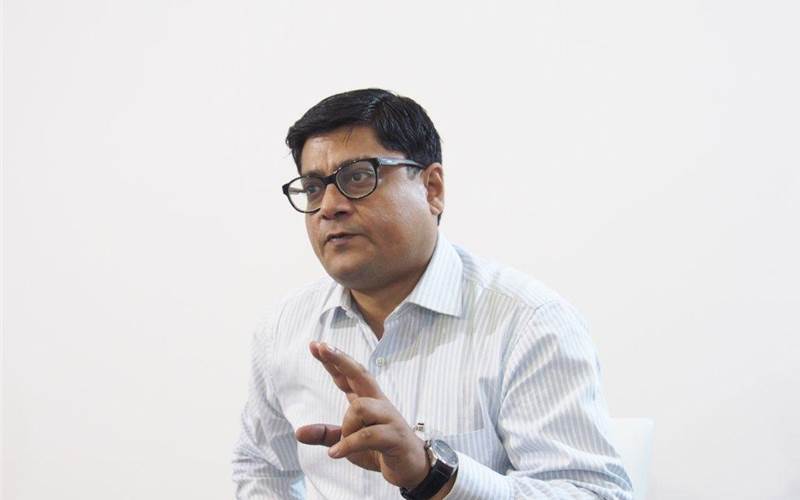
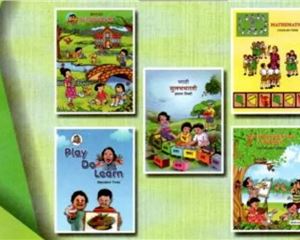
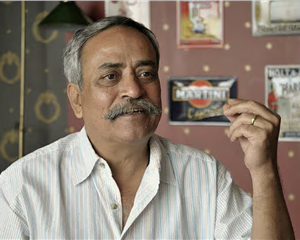
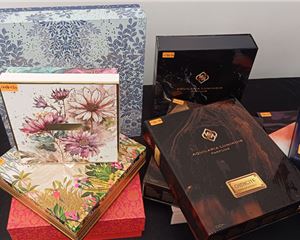
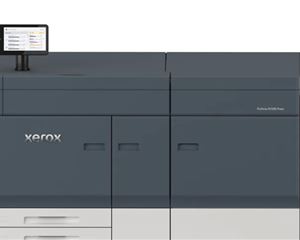
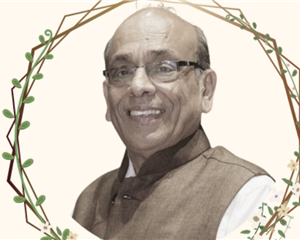
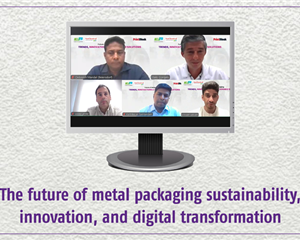

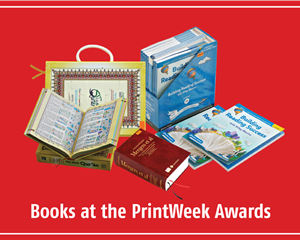

 See All
See All